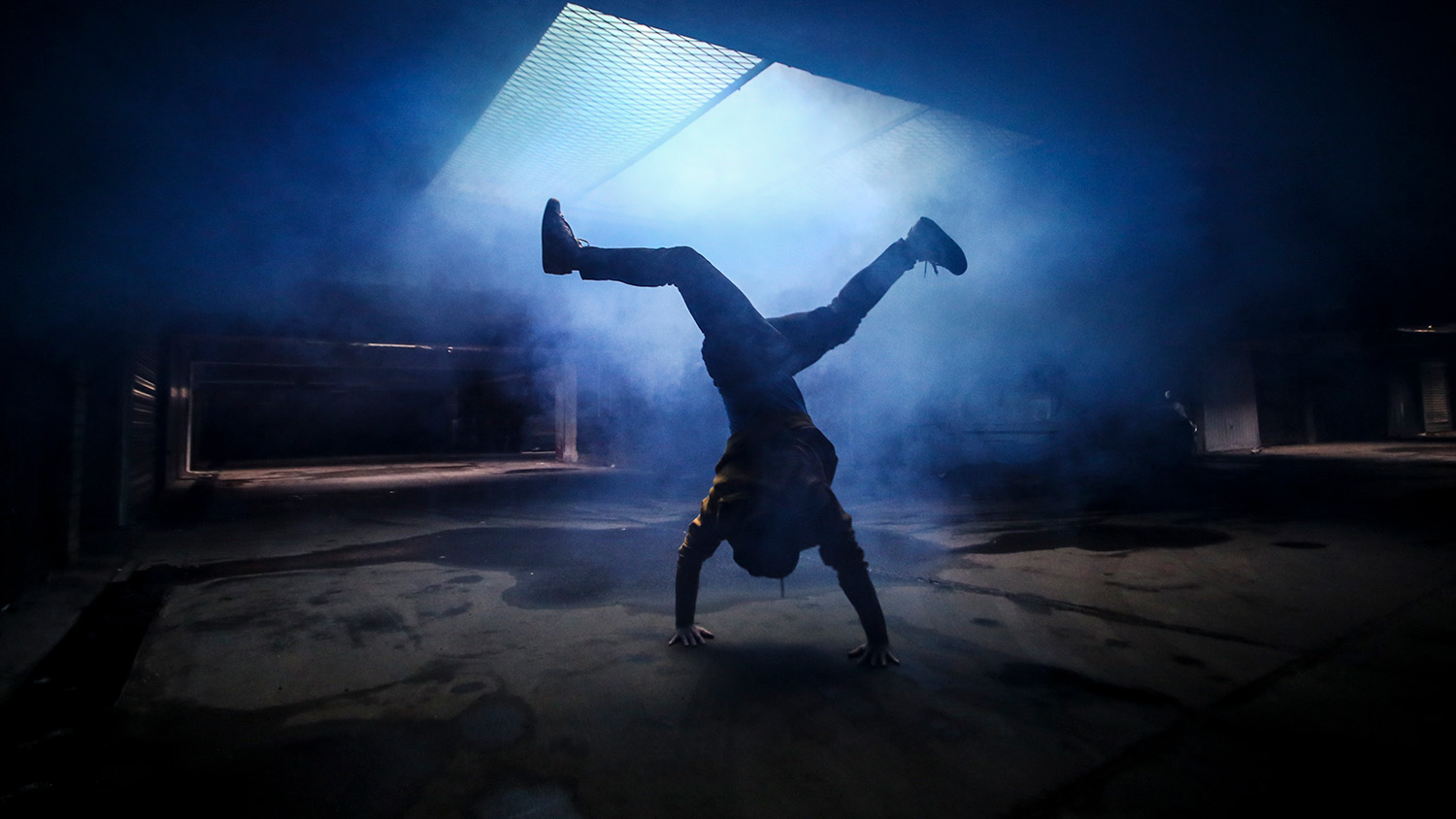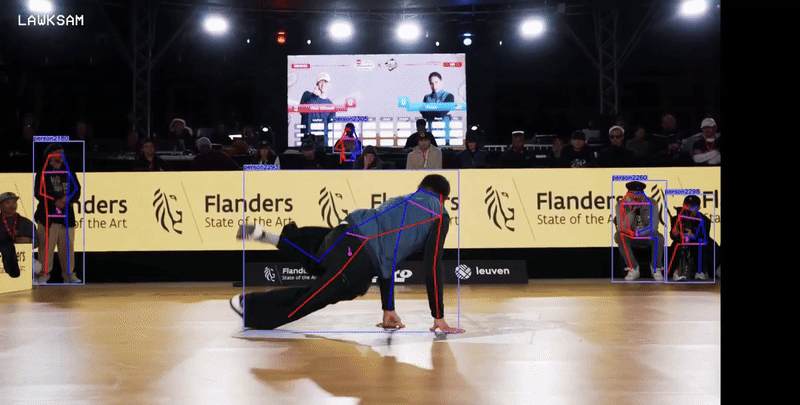NC State Student Uses AI to Boost Team USA’s Olympic Breaking Performance

Breaking — more commonly known as breakdancing — is set to make its Olympics debut at the Paris 2024 Games, and Team USA could land top podium spots thanks to one NC State student’s passion for combining data science and dance.
Christopher Dunstan, a doctoral candidate in the Center for Geospatial Analytics, spent the summer as an intern with the United States Olympic and Paralympic Committee, studying the use of computer vision to quantify the team’s breaking styles.
Computer vision is a type of artificial intelligence that uses machine learning models trained on large amounts of visual data to recognize certain types of patterns in images or videos, including the movement of people or objects.
Dunstan, who began breaking in 2019, analyzed videos of Team USA’s breaking sequences from previous competitions to identify and categorize four fundamental movements: toprock, downrock, power moves and freezes.
Toprock includes foot movements performed in a standing position, while downrock includes any movements performed on the floor. Power moves include spins and twists. Freezes are motionless poses.
After several months of analyzing Team USA’s breaking sequences, Dunstan uploaded the categories to a cloud database to train the machine learning models to differentiate between dancers and classify their movements.

Dunstan’s use of machine learning models allowed him to identify how and where Team USA’s breakers moved across the floor. He used this information to provide individualized reports to each breaker with detailed analytics on specific movements and how they’re scored by judges.
“These metrics can identify a particular style and showcase areas where a dancer needs improvement and may lead to more consistent and reliable scoring in competitions,” Dunstan said.
A total of 32 breakers from all over the world — 16 “b-boys” (men) and 16 “b-girls” (women) — will compete for a gold medal at the Paris 2024 Games. That includes Team USA’s Sunny Choi, Logan Edra, Jeffrey Louis and Victor Montalvo.
The Olympic breakers will compete in three-round, one-on-one “battles” as they improvise a variety of moves to the beat of a DJ’s track. Each round will last approximately one minute.
Nine judges will score the battles based on five factors: technique, vocabulary, execution, musicality, and originality. The breaker to win the majority of the rounds will be declared the winner.
Previous research conducted by Dunstan found that breakers use fundamental moves at different rates and different frequencies, though they often repeat the same sequence of moves from round to round.
“Many breakers begin their sequences with toprock, so if someone wanted to improve their performance I might tell them to start with a different move to change things up,” Dunstan said.
Dunstan added that a breaker’s entry and exit moves have the biggest impact on whether or not they win a round. His research found that breakers were much more likely to win a round if their entry wasn’t a toprock move.
While some critics argue that breaking shouldn’t be judged due to its artistic nature, Dunstan said it’s important to develop analytical methods to help measure and quantify movements for dancers who want to improve their performances.


